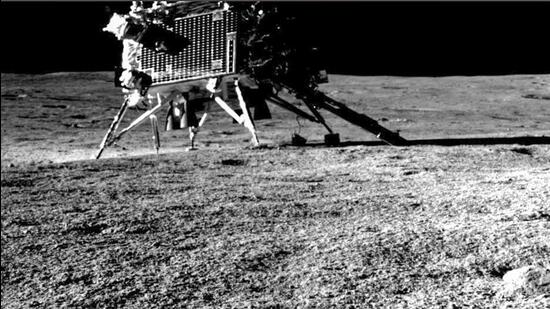QUICKREADS

‘Evidence’ of two planets possibly sharing same orbit around their star found
Astronomers have discovered what could be two planets sharing the same orbit around their star, according to a study published in Astronomy and Astrophysics. Using a telescope in Chile, the Spanish-led team observed a cloud of debris in the same orbit as a confirmed planet circling a star in the constellation Centaurus. The scientists suspect that the debris is either a planet in formation or remnants of a planet that once existed. Planets sharing the same orbit have been theorized but have never been detected until now.

Tim Friede: Man bitten by snakes hundreds of times helps create broad antivenom
Tim Friede, a self-taught snake enthusiast, endured hundreds of venomous bites, enabling researchers to develop a potentially groundbreaking antivenom. His unique antibodies could help treat snakebite victims globally, particularly in India, by neutralizing toxins across multiple snake species.

Potential presence of primitive lunar mantle materials on Chandrayaan-3 landing site: Study
Chandrayaan-3's landing site revealed high sulphur levels, suggesting presence of primitive lunar mantle materials from the South Pole-Aitken basin's formation 4.3 billion years ago, offering insights into early lunar evolution and composition.






